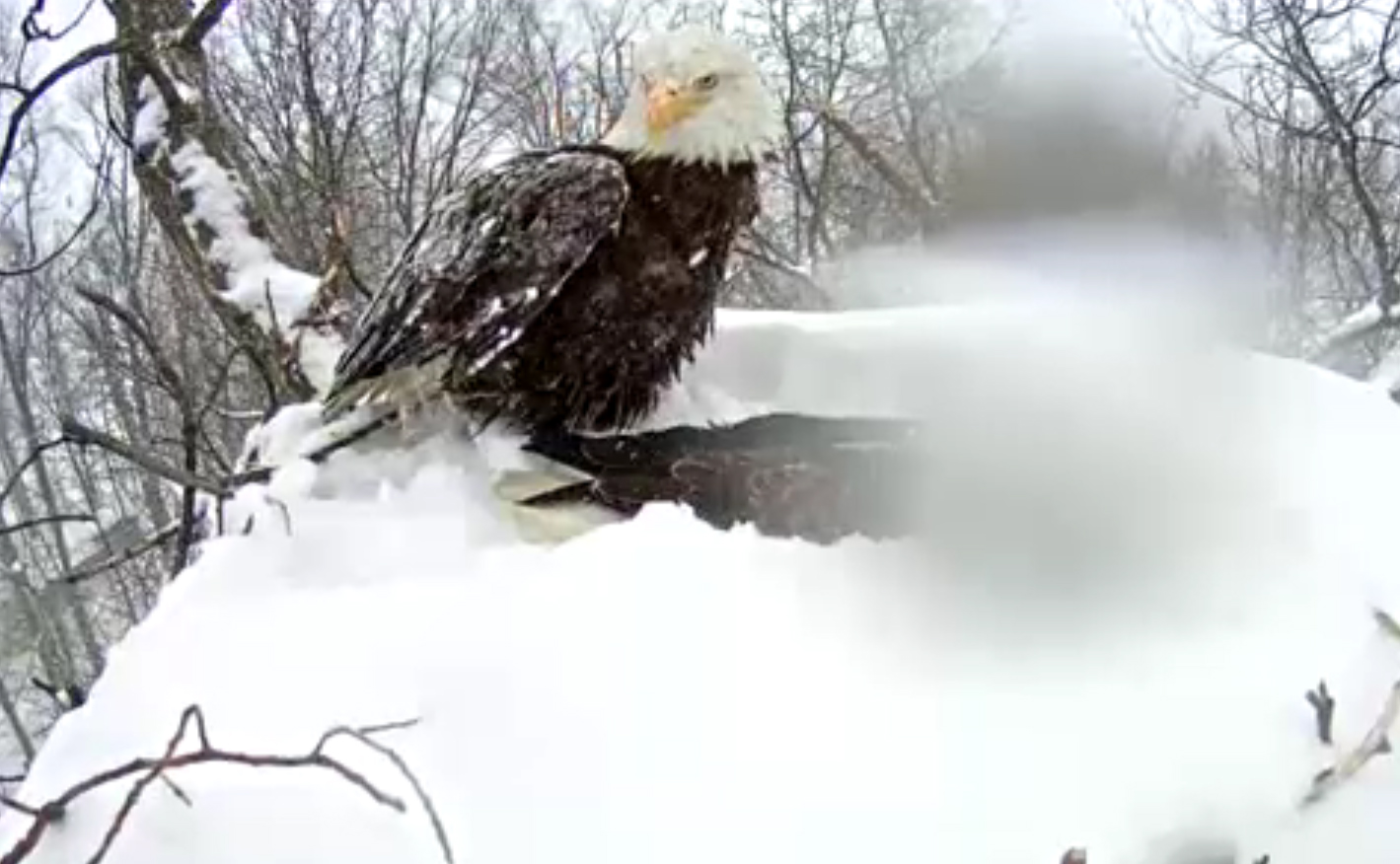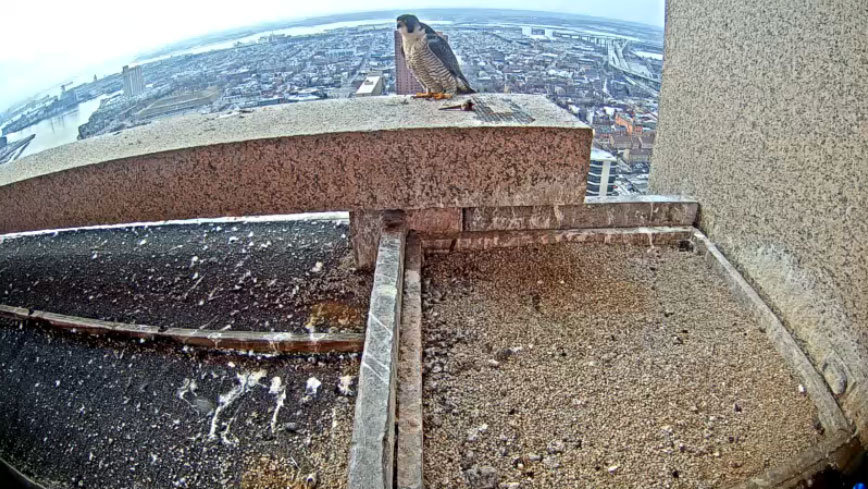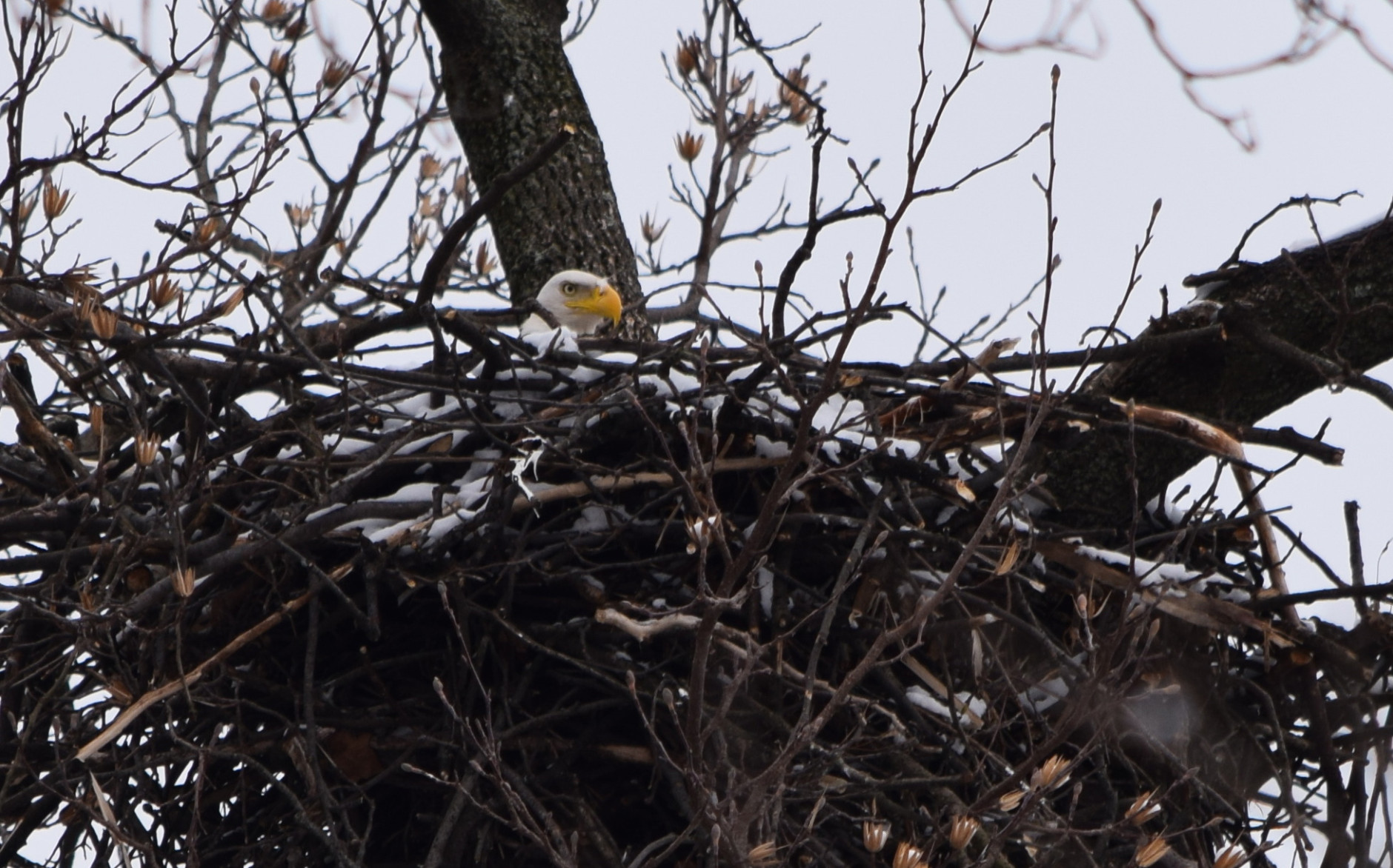
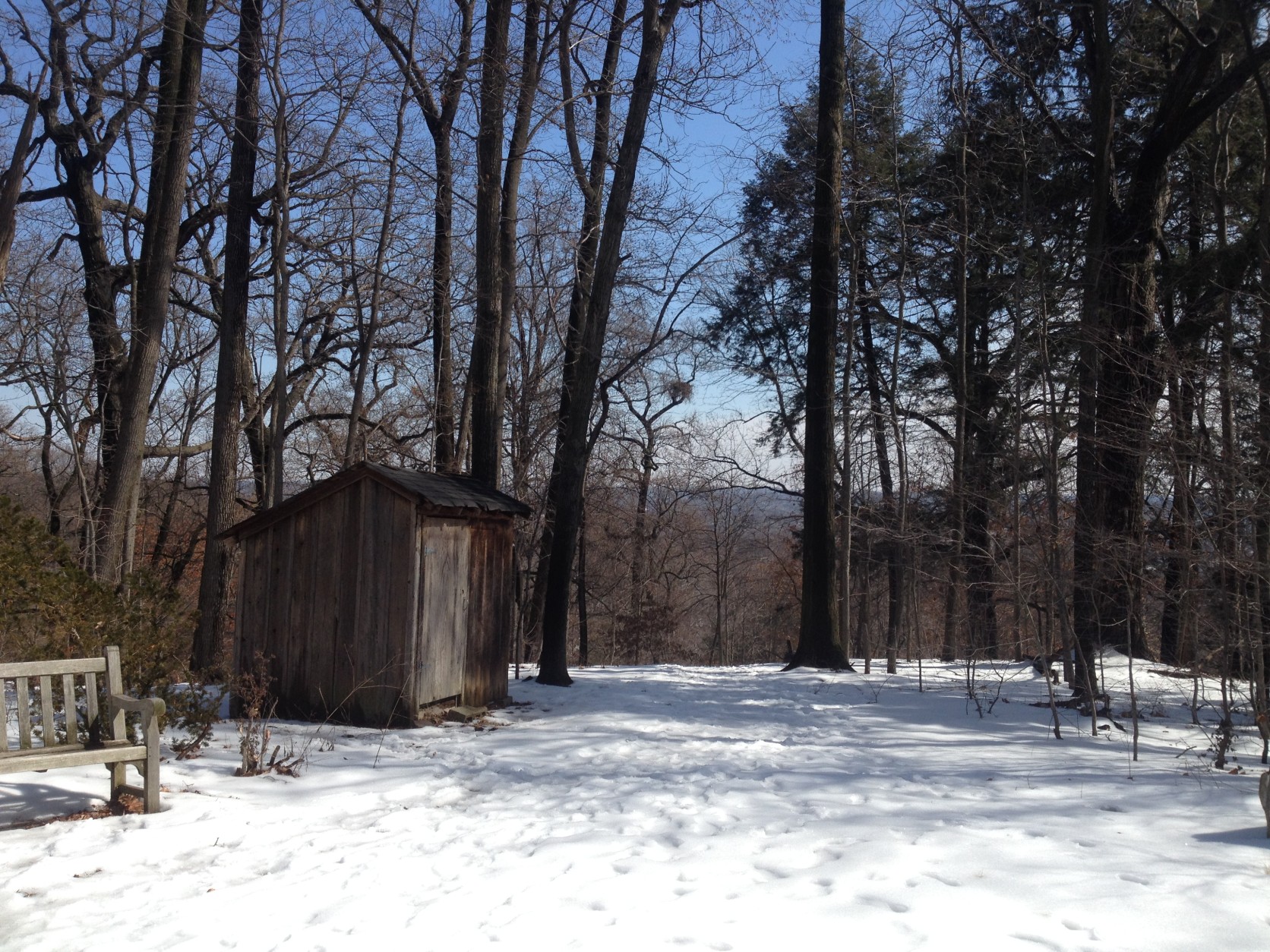
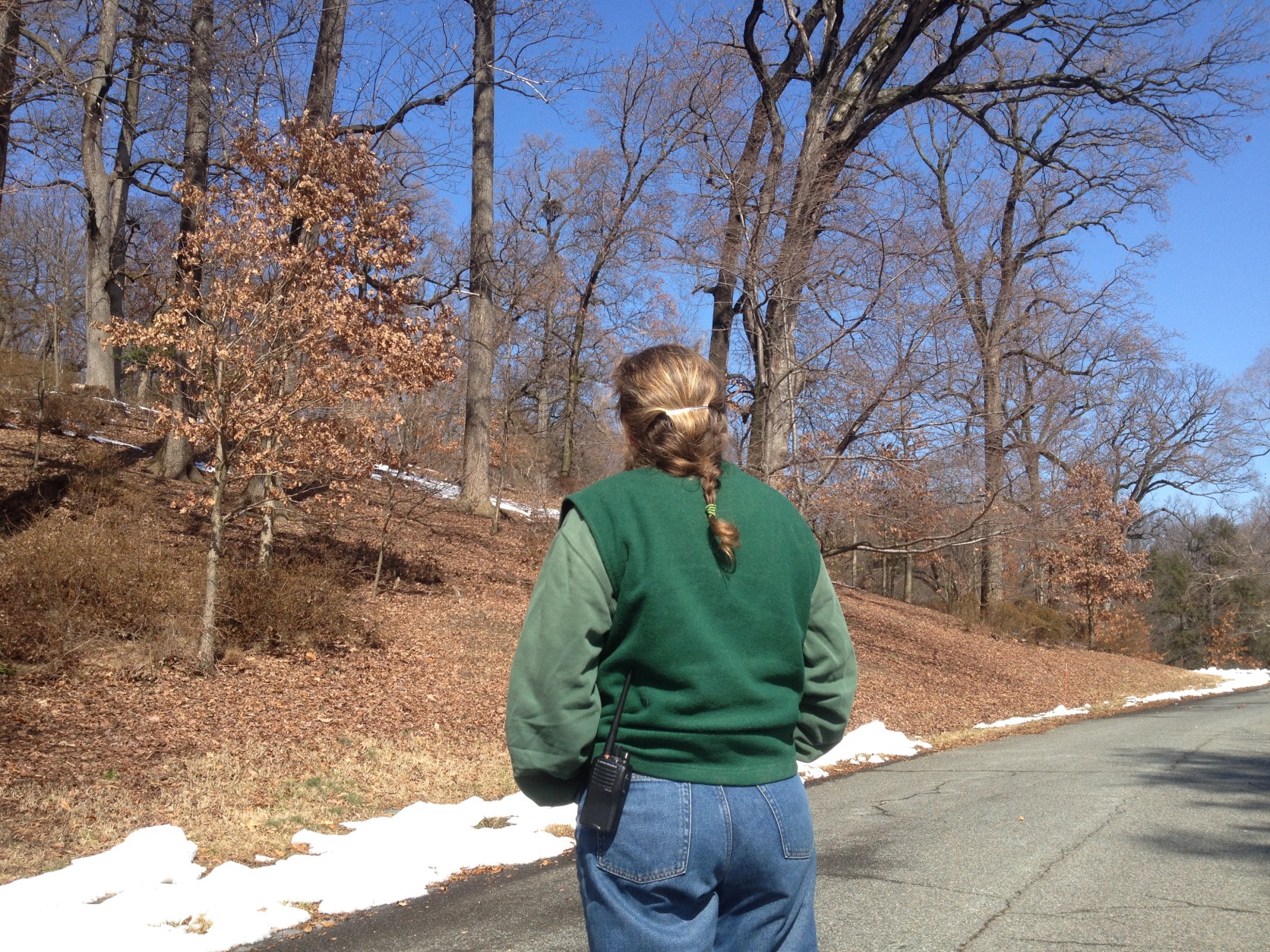
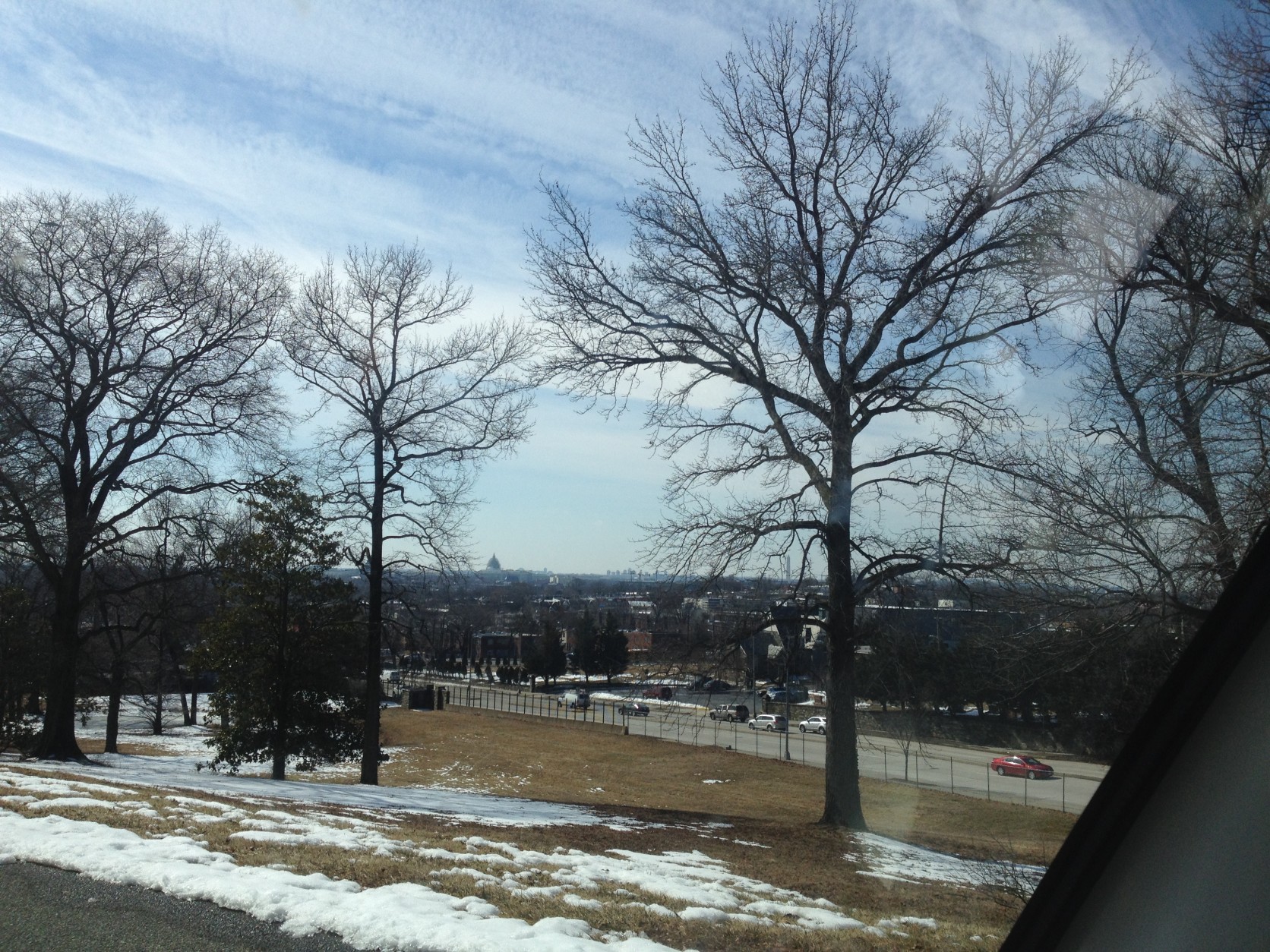

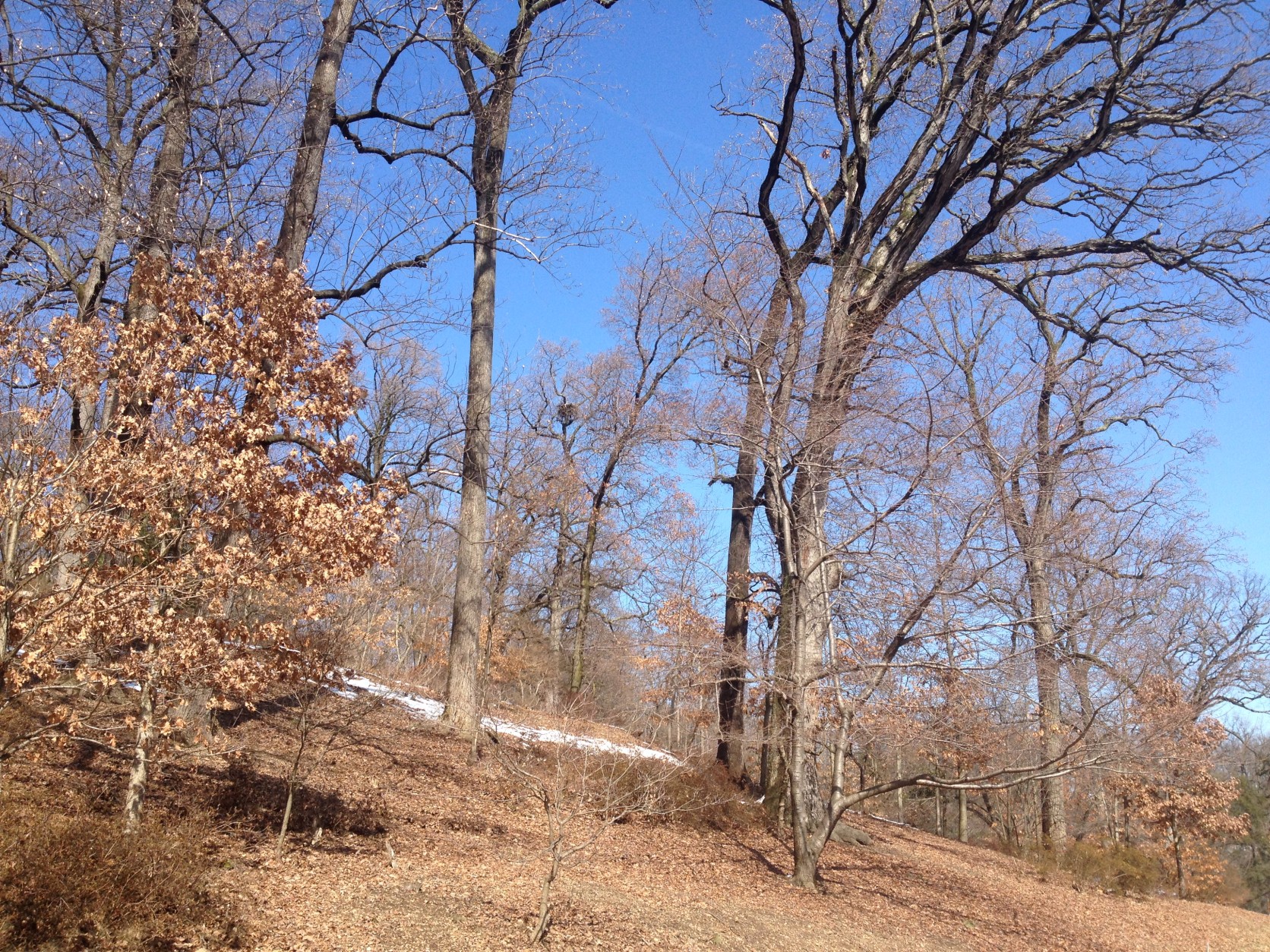
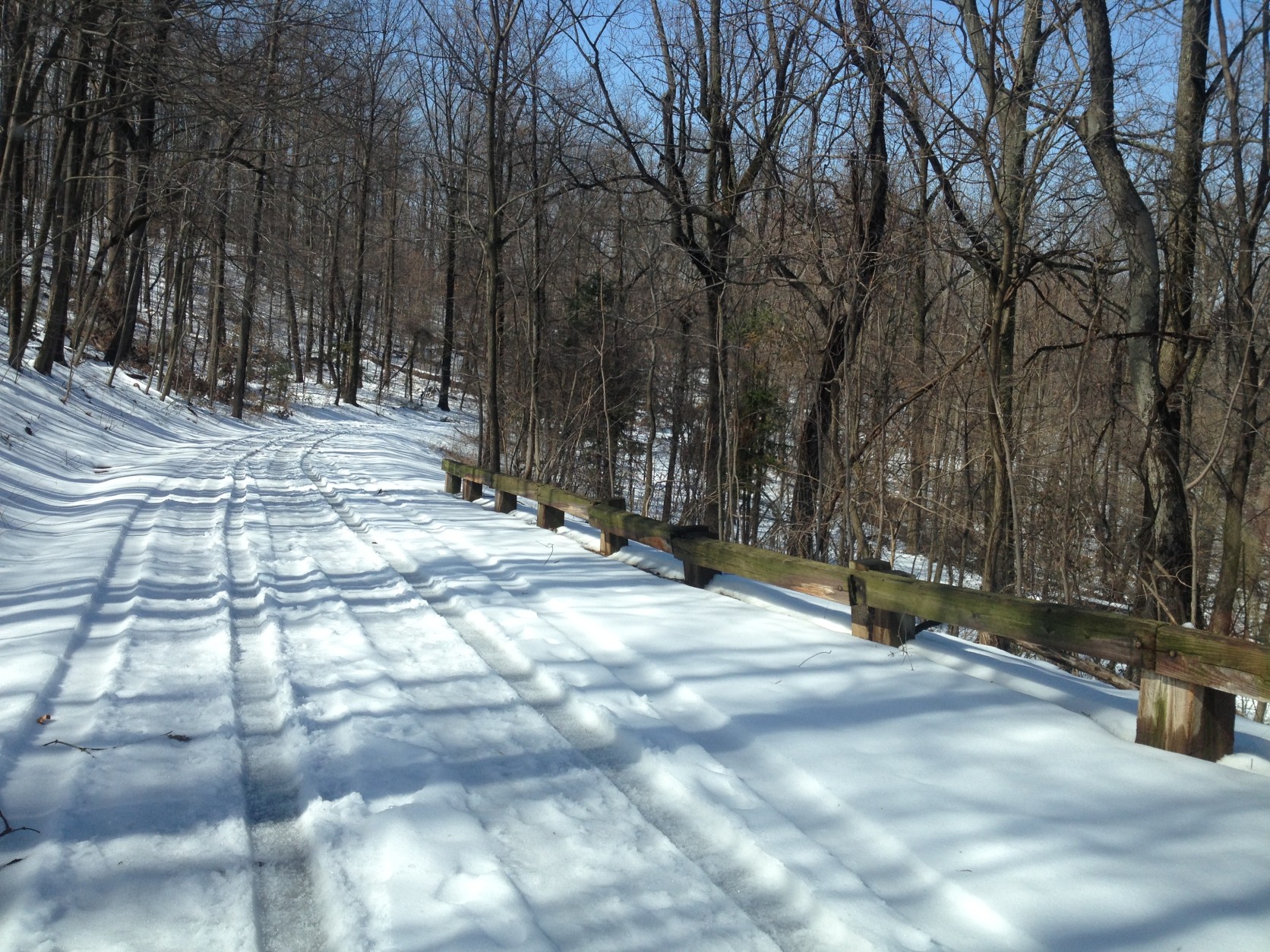
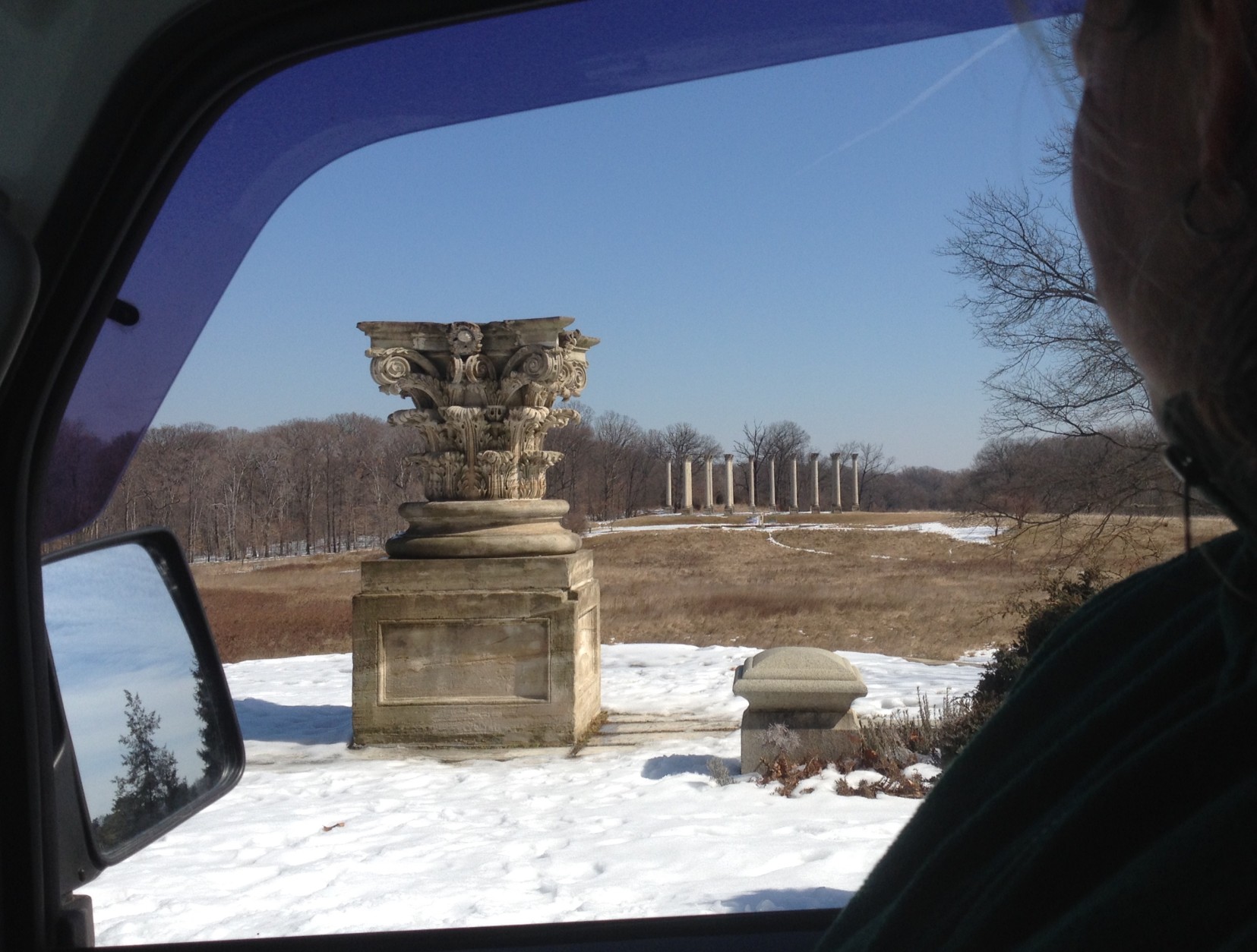
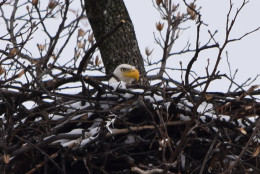
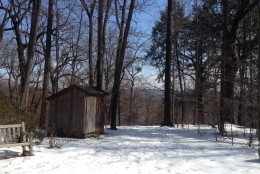
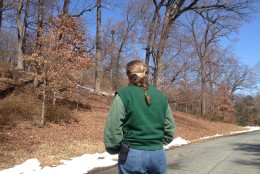
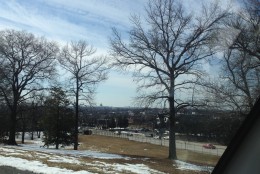

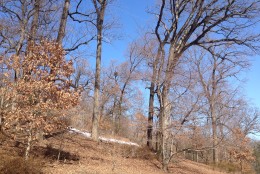
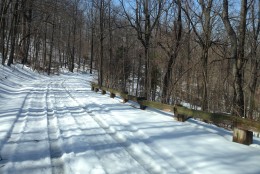
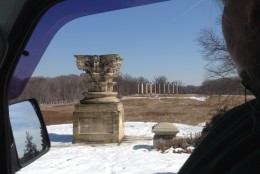
WASHINGTON — For the first time in nearly 70 years, a pair of bald eagles is nesting at the U.S. National Arboretum.
Staff first noticed the nest in January in the arboretum’s azalea collection. Early on, they watched the pair make trips back and forth from the nest. Toward the end of the month, the eagles’ behavior changed — one would remain on the nest at all times while one went in search of food, according to a National Arboretum news release.
This behavior indicates the birds are incubating eggs.
The arboretum says they don’t know how many eggs have been laid, but bald eagles usually lay between one and three. It takes 35 days, on average, for the eggs to hatch. That means hatchlings could appear any time.
In order to protect the young family, the National Arboretum has closed off the area within about 660 feet of the nest until mid-June. It says people, noise and distractions in the vicinity of nesting eagles can cause the birds to abandon their nest and eggs.
The thousands of people who visit the arboretum’s blooming azaleas each year will have restricted access to the area. While a majority of the Azalea Collection will remain open to pedestrians, some pedestrian and automobile access will be limited and roads leading to the area will be closed.
The bald eagle is the only eagle unique to North America. They can live up to 30 years and they pair for life. They continue to lay eggs in the same nest — which can weigh up to 4,000 pounds — for many years, according to the National Arboretum.
In 1963, the bald eagle population had declined to only 417 nesting pairs, and it was feared they would go extinct. This decline was due to hunting, loss of habitat, decline of water quality and the introduction of chemicals such as DDT. It’s estimated there were between 100,000 and 500,000 bald eagles in the United States in the 18th century.
Through conservation efforts, the bald eagle population has begun to recover and it’s estimated there are 11,000 breeding pairs today.
Bald eagles were removed from the endangered species list, but they remain a protected species and it’s illegal to kill, sell or otherwise disturb the birds or their nests.
Before a decadeslong drought of eagles nest activity in the District, the last sustained nest site location was on the grounds of the National Arboretum as late as 1947. One of the paths on the grounds coincidentally is named Eagle Nest Road NE.
WTOP’s Kristi King contributed to this story.

